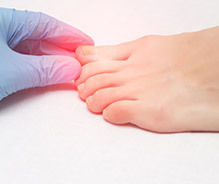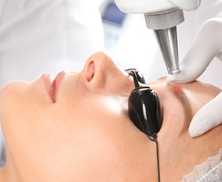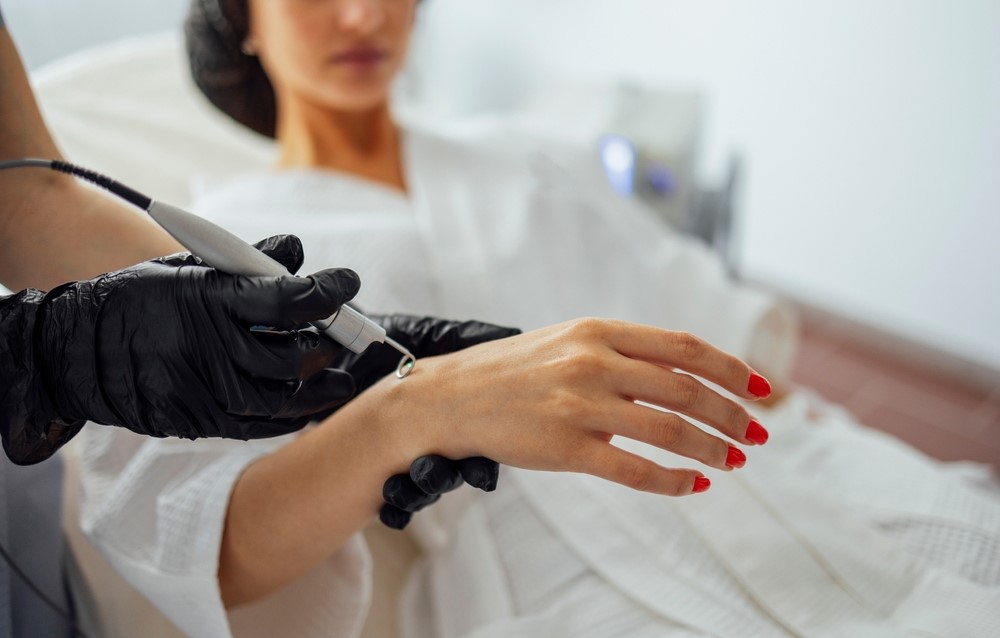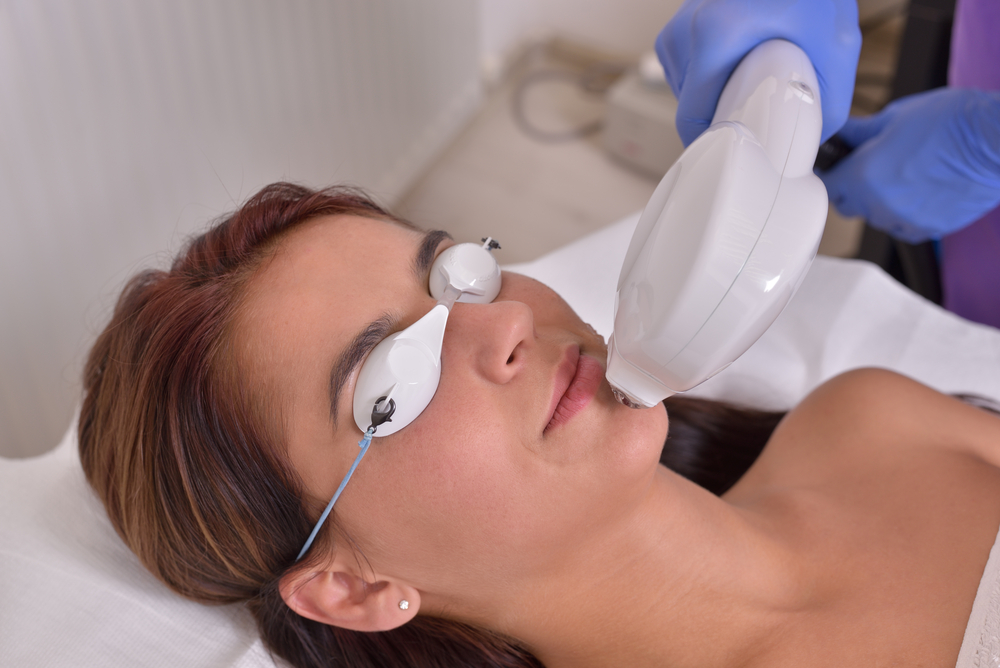Be it sun damage, an inflammatory response caused by eczema, or the result of acne scarring, hyperpigmentation is an umbrella term for any type of skin discolouration caused by the overproduction of melanin.
While most of us will have heard of the term hyperpigmentation at some point, there is a type of hyperpigmentation that mainly affects women, which most people aren’t familiar with. Caused by hormones, melasma is a form of pigmentation that usually appears during pregnancy or as the result of hormonal contraception and is far more reactive to sun exposure than other types of hyperpigmentation.
While melasma is a form of hyperpigmentation, it’s important to know the difference between it and other pigmentation issues, in order to find the most effective treatment methods.
What is Hyperpigmentation?
Whether you’ve spent too much time in the sun without adequate protection or suffer from discolouration issues commonly associated with acne scarring, it all falls under the umbrella term of hyperpigmentation. What all of these pigmentation issues have in common is that they are caused by the body’s inflammatory response as an answer to irritation – be it from sun exposure, harsh skin care products, acne or some other form of damage to the skin. This causes the pigment-producing cells in the skin to go into overdrive, producing far more melanin than they should. Common areas you will see this skin concern appear would be on the face, neck, under-arms, elbows and knees and is more commonly seen in dark skin types such as Asian and black African skin.
What is Melasma?
Unlike other forms of hyperpigmentation, melasma is almost exclusively seen in women and while there is no definite cause, it is thought to be triggered by certain hormones and UV exposure or both. Because hormones play such a large part in the formation of melasma, it can be more difficult to treat than other forms of hyperpigmentation and is far more likely to reoccur. Common areas you will see this skin concern appear would be on the cheeks and forehead and is more commonly seen in Caucasian and Asian skin.
Treating Hyperpigmentation and Melasma
Despite their differences, melasma and hyperpigmentation can both benefit from in-clinic treatments and the use of home care products to improve their appearance.
We recommend using the Ultra Smooth Sea Polish to tackle pigmentation on the surface of the skin. This ultra-fine exfoliator effectively removes dead skin cells, improving skin tone and pigmentation issues in the process and prepares the skin for the ‘hero’ product…the Ultra Light Derma White lightening cream.
Clinically tested, this skin lightening cream lightens and brightens unwanted marks and blemishes, reducing pigmentation issues thanks to the use of Giga-white – a powerful Alpine herbs blend.
Of course, these products work best alongside a clinic treatment plan, which remains the most effective way to treat both hyperpigmentation and melasma.































